Hold Up: Where To Place Cattle Alley Gates In Your Working System
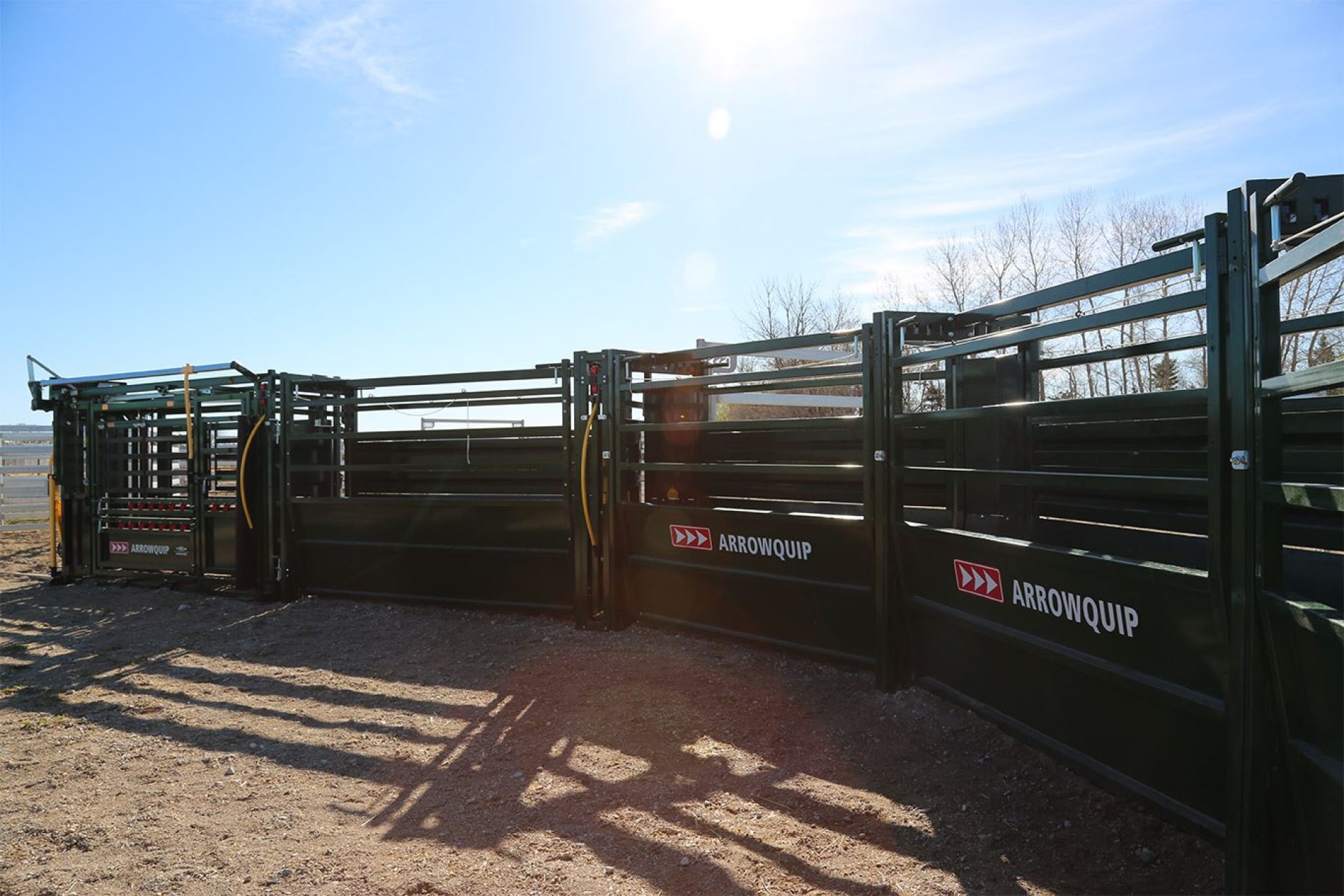
Cattle alley gates are an integral part of your cattle handling system. They create the stop gate strategy that allows stockmen and women to safely and efficiently work cattle through the system. Alley gates are essential in regulating cattle flow through your handling system.
Placement of cattle alley gates is dependent on the type of cattle handling system, location, and uses. Curved and straight configured alleys have different set points for the alley gates. The number of cattle being worked in a system is another determining factor for where stop gates may be necessary.
For design ideas you can implement in your own cattle working system, visit Cattle Working Systems.
Why we use cattle alley gates
Cattle flow, or the lack thereof, is the goal of stop gate strategy. Placement of alley gates in your cattle handling system is all about regulating flow. It is important to only place the gates where you need them; too many gates can negatively disrupt cattle flow and create balking issues.
Alley gates prevent extra animals from entering the chute, can keep cattle from moving backwards, and ensure that the cattle handling system does not become overcrowded.
It is all in the design
Straight and curved are the two major types of alley configuration designs with each having strengths and weaknesses. Operators should choose the one that works best for their cattle handling goals, herd size, and site available for the cattle handling system.
Curved cattle alleys adhere to the natural instinct of cattle to circle. Cattle in a curved system believe they are escaping, and do not see the chute or loading ramp that they are approaching. The curved system works with cattle behavior and helps decrease stress. Curved systems are ideal for cattle that are being treated or need procedures performed. Handling time per animal is reduced with curved systems.
With an S-Flow, or curved system design, you can regulate cattle flow by applying point of balance handling techniques beginning on the outer side of the tub to the inner curve of the alley. S-Flows are ideal when handling large groups of cattle, and for drafting or loading into trailers. Operations with smaller spaces can use a 90-degree curved alley for small batches of cattle, optimizing the space available without sacrificing efficiency.
Straight configuration designs are popular in shorter cattle handling systems, and in those where fewer animals will be handled at one time. The biggest advantage of the straight configuration is that cattle can always see the animal in front of them, therefore easing stress, and maintaining herd instinct to follow.
Straight configurations are no fuss cattle handling systems that help stockmen and women get the job done quickly and efficiently. Cattle alley gates in a straight configuration can be used to stop an animal, and hold it until the cattle following it have a chance to catch up. Straight systems have more stop and go in cattle movement, but on some operations that is preferable.
For more pointers on alley configurations, read our blog on Top 10 Expert Cattle Alley Design Tips.
Placing your cattle alley gates
Alley gates should make your handling system safer and more efficient. Using rolling cattle alley gates will allow you to move them as needed in your system, depending on the size of cattle, or number of head being worked. This adaptability adds longevity to your system, as it can grow and change with your operation.
Use the following guidelines to place your alley gates:
- The rule of thumb is to have one alley gate at the entrance from the cattle tub, and one before the squeeze chute as a stop gate preventing extra animals from entering. Additional alley gates are placed in larger systems. In a small system, these two may be enough.
- Longer cattle handling systems require more alley gates than shorter systems. In a longer system, use alley gates to separate cattle into smaller groups, or ease the flow into the chute.
- You may need to add alley gates in places where the cattle handling system branches off. Examples include before a loading ramp, at the calf table, or ahead of sorting pens.
There is no golden rule for the number of alley gates to add to a cattle handling system, or where they should be placed. As a stockman or woman, you know your preferences for working cattle, and should place gates in locations that will increase efficiency and safety on your operation. Strategically placed alley gates will simplify and streamline the cattle handling process.
Cattle handling system design, handler technique, and cattle behavior are intertwined in the success or failure of cattle handling on your operation. When all factors are in check, the right corral and cattle handling system design can ease stress for cattle, and make the handlers' job easier.
Check out everyone's favoring Rolling Alley Gate
References
Cattle Working Facilities
Cattle Working Systems
Corrals for Handling Beef Cattle
Straight, Open-Sided Chutes and Squeeze Chutes are Best for Cattle Handling



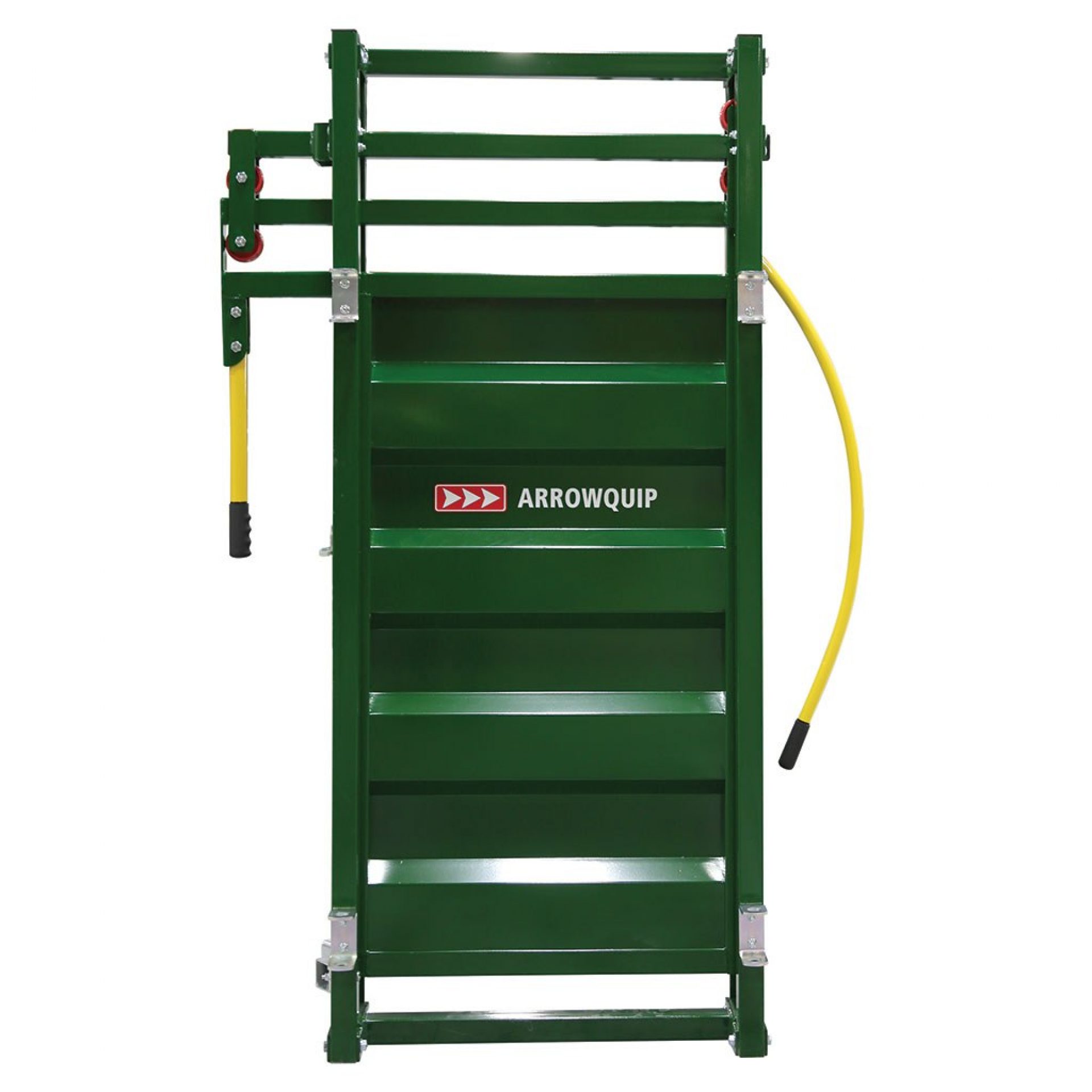
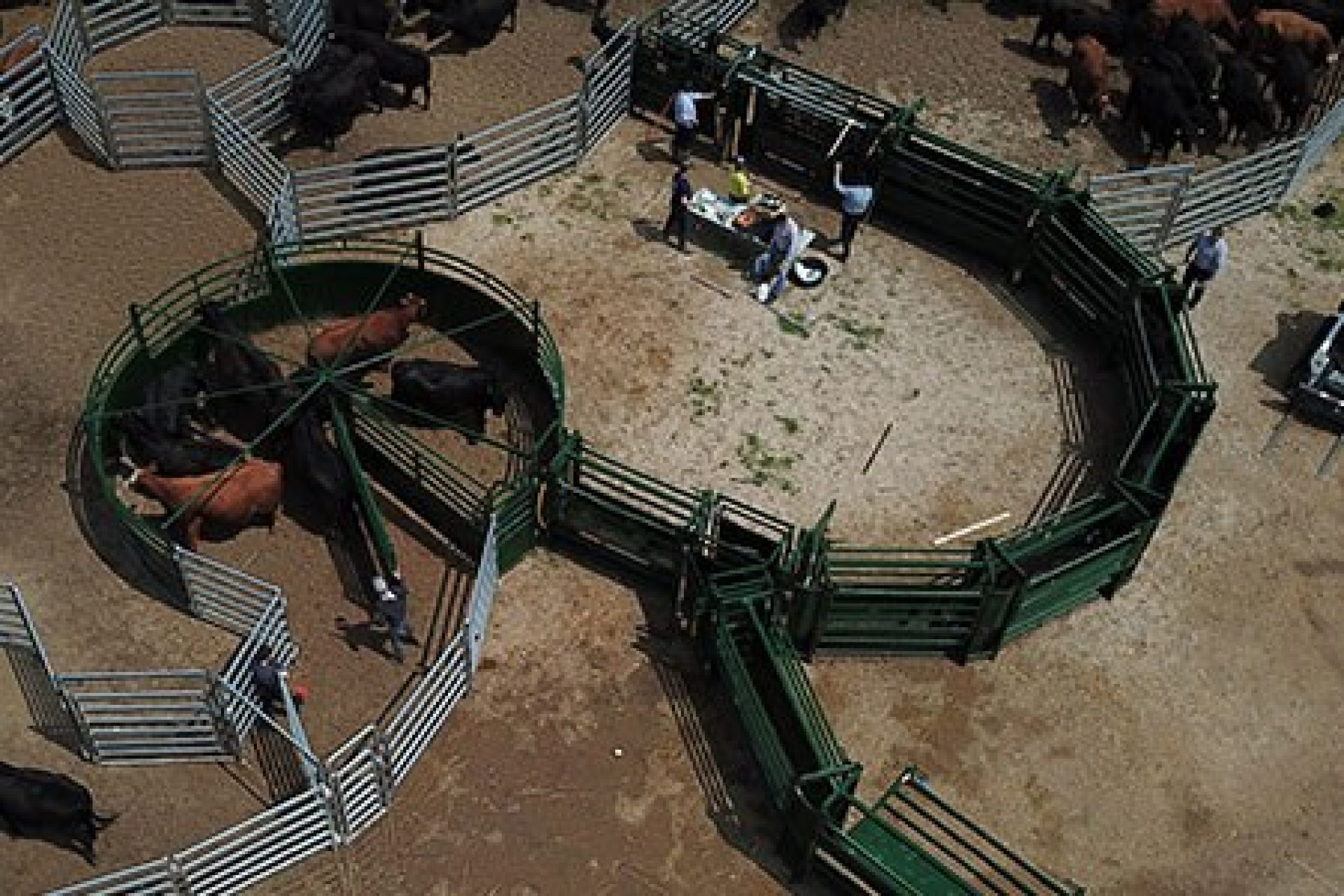
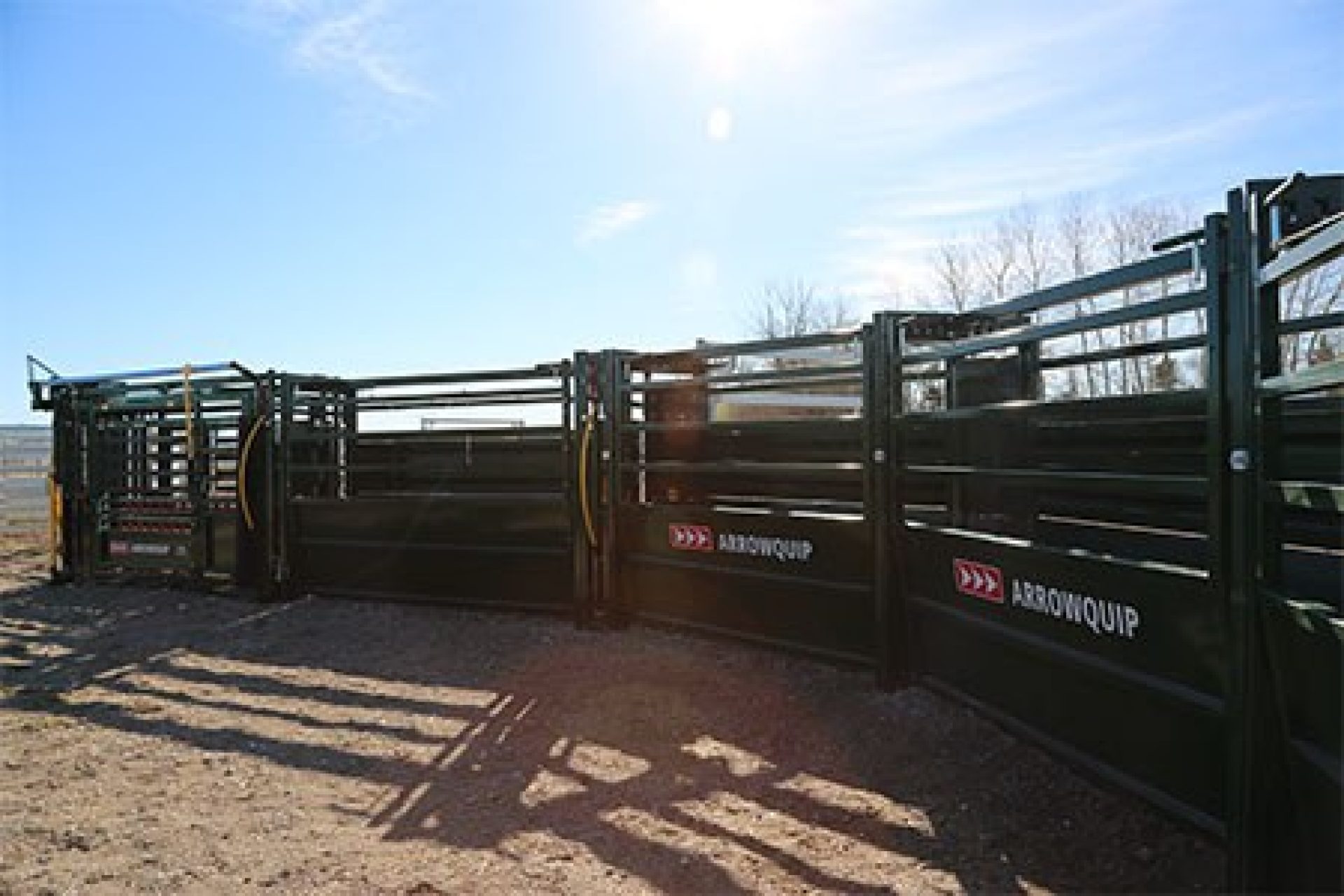
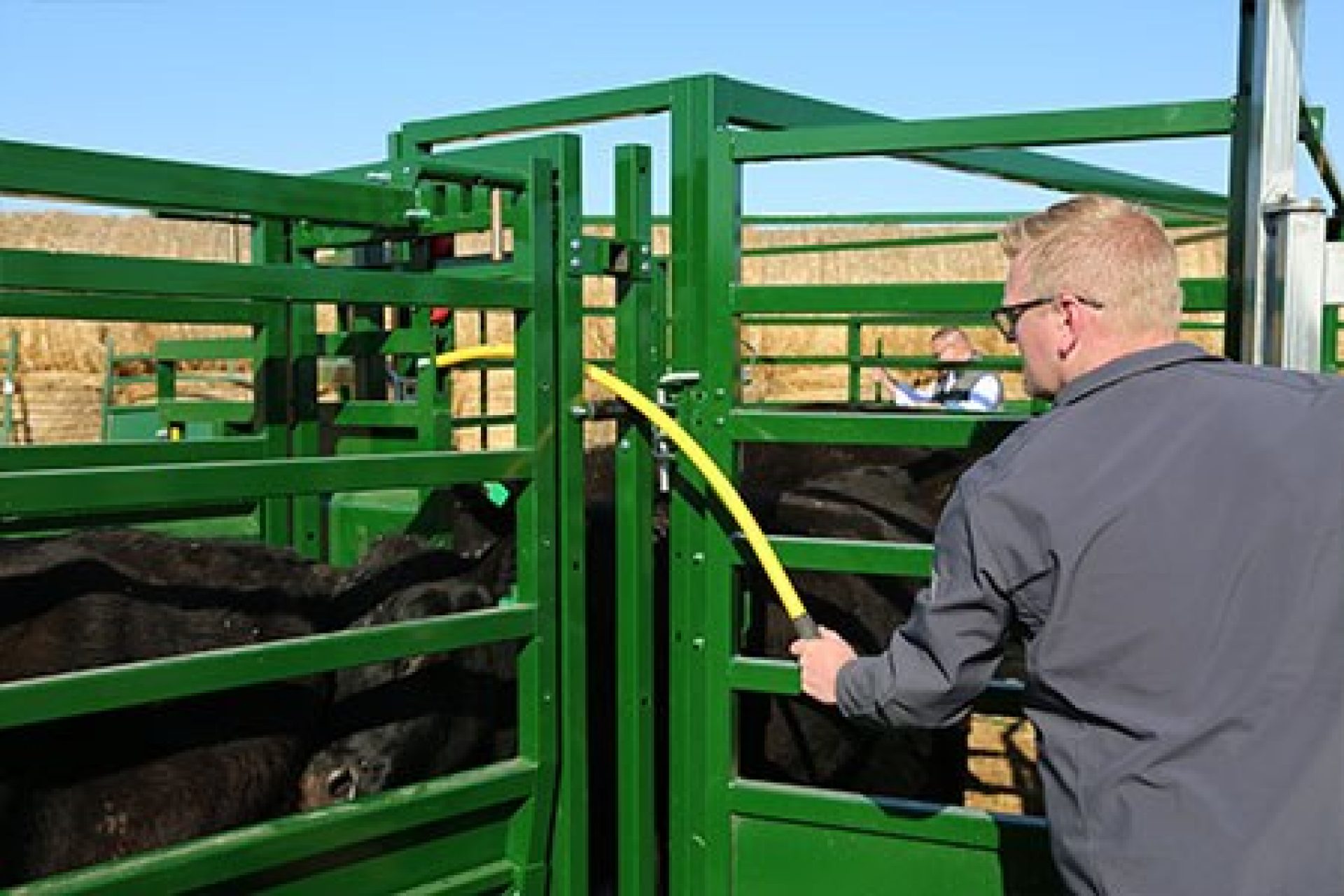
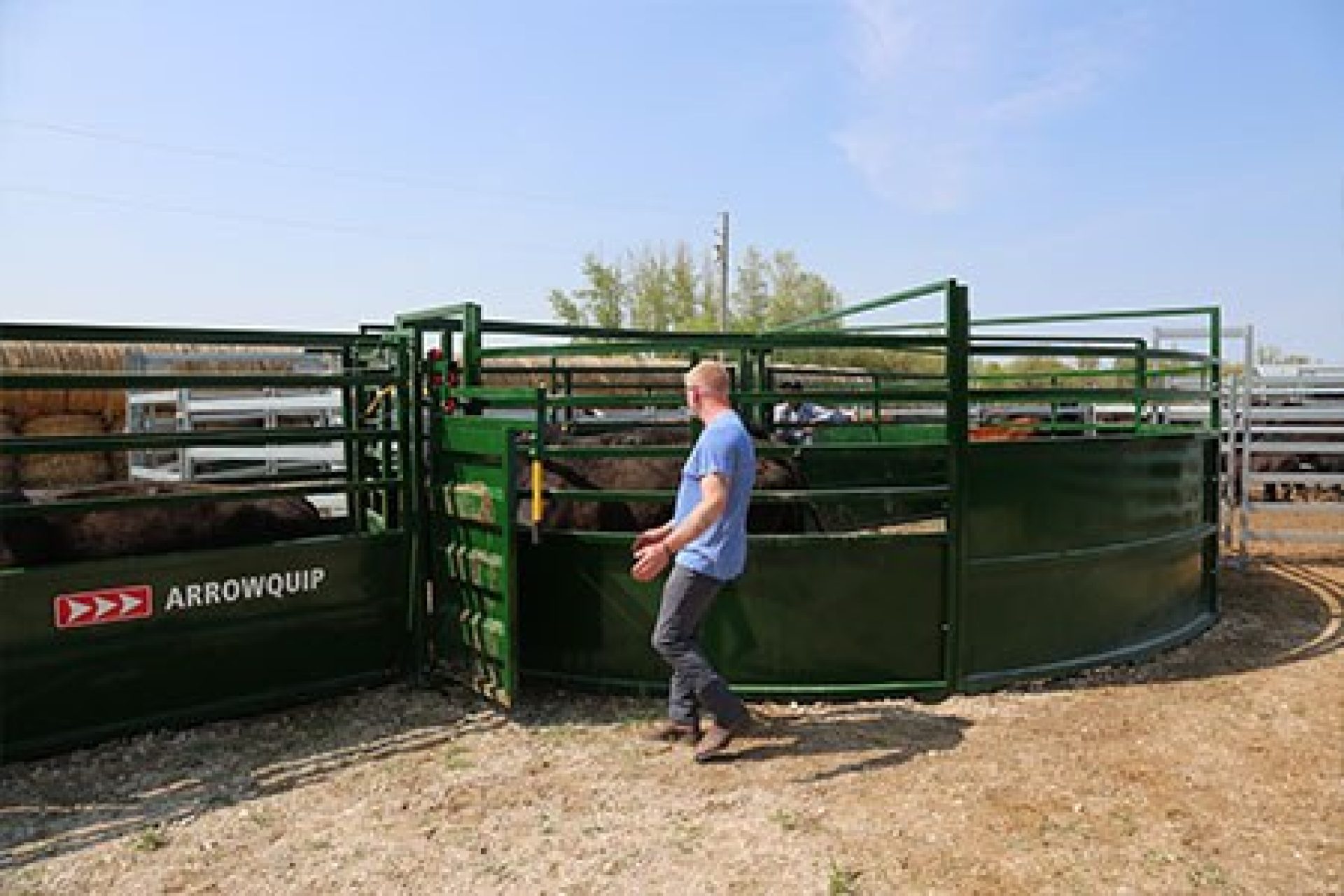
Comments
Join the Discussion
Comments